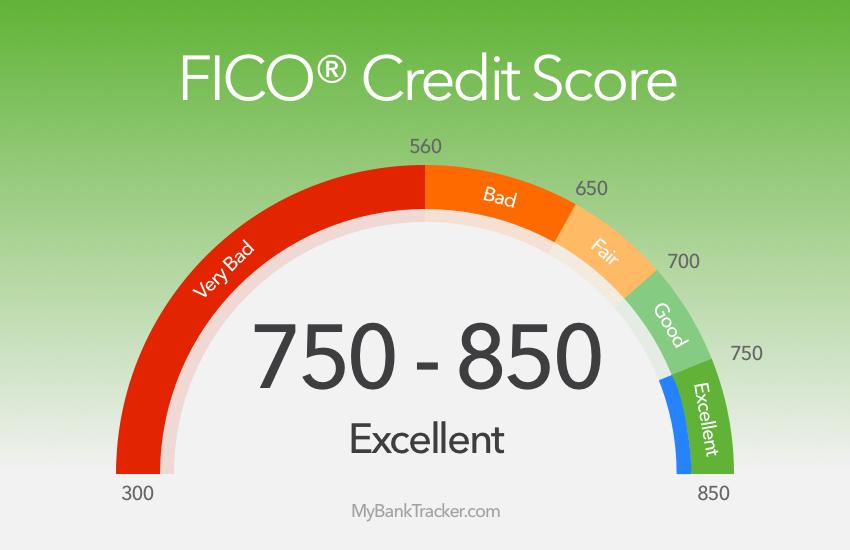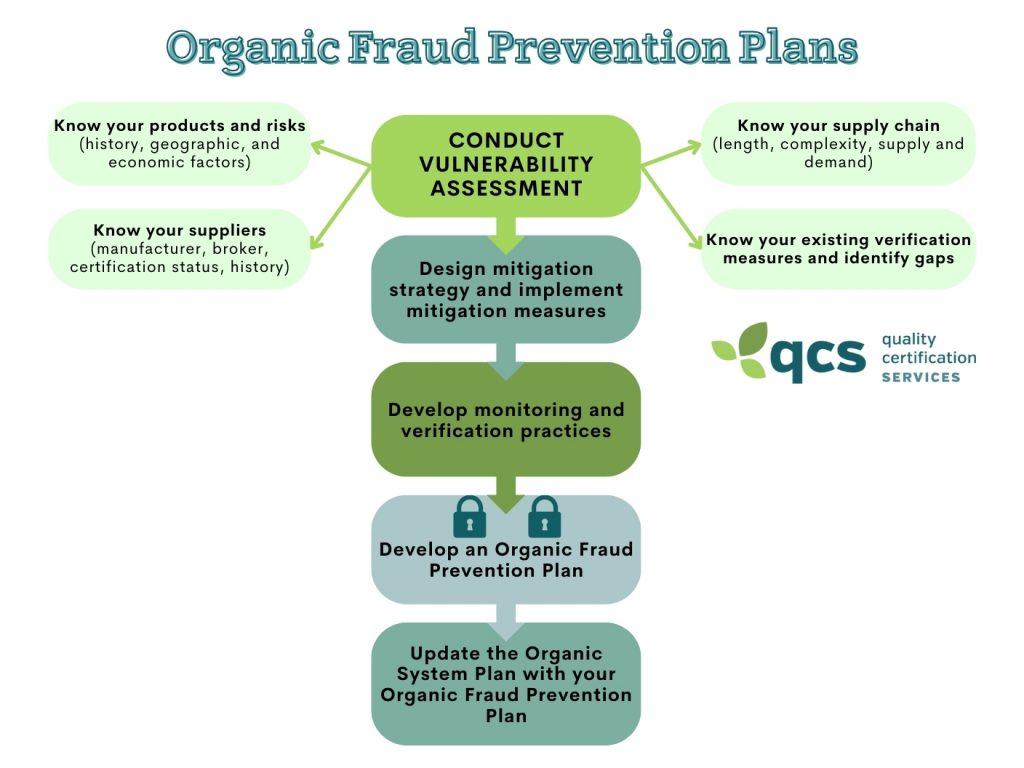In the bustling marketplace of modern business, where every click, like, and share can make or break a brand, understanding your audience is paramount. Yet, amidst the myriad of data points and consumer insights, one often overlooked metric holds the potential to unlock unprecedented marketing success: the credit score. Traditionally the domain of financial institutions, credit scores are now emerging as a powerful tool for marketers seeking to refine their strategies and target their audiences with surgical precision. This article delves into the innovative intersection of finance and marketing, offering a roadmap for leveraging credit scores to not only understand consumer behavior but to anticipate it. With authoritative insights and practical guidance, we will explore how this financial metric can be transformed into a cornerstone of your marketing arsenal, driving engagement, loyalty, and ultimately, profitability. Prepare to embark on a journey where numbers tell stories, and those stories lead to success.
Understanding Credit Scores as a Marketing Tool
In today’s data-driven world, leveraging credit scores can significantly enhance marketing strategies by providing deeper insights into consumer behavior and financial health. Credit scores serve as a vital indicator of a consumer’s creditworthiness, offering marketers a unique opportunity to tailor their campaigns to specific audience segments. By understanding the nuances of credit scores, businesses can create more targeted and effective marketing initiatives that resonate with their audience.
- Segmentation: Use credit scores to divide your audience into distinct groups. High credit score individuals might be more receptive to premium product offerings, while those with lower scores could be targeted with budget-friendly options.
- Personalization: Tailor marketing messages based on the financial behavior indicated by credit scores. Personalized offers can lead to higher engagement and conversion rates.
- Risk Assessment: Credit scores can help in assessing the risk associated with offering credit-based promotions, ensuring that marketing efforts align with financial viability.
By integrating credit score data into your marketing toolkit, you not only enhance the precision of your campaigns but also build a more comprehensive understanding of your customer base. This approach fosters a more personalized and effective marketing strategy, ultimately driving greater success and customer satisfaction.

Leveraging Consumer Credit Data for Targeted Campaigns
In today’s competitive market, utilizing consumer credit data can significantly enhance the precision and effectiveness of marketing campaigns. By understanding credit scores, businesses can tailor their messaging to resonate with specific customer segments, leading to higher engagement and conversion rates. Here are some strategies to consider:
- Segmenting Audiences: Use credit scores to categorize customers into distinct groups. This allows for more personalized messaging that speaks directly to their financial situation and needs.
- Predictive Analytics: Leverage credit data to anticipate customer behavior and preferences. This enables the creation of campaigns that not only meet current demands but also anticipate future trends.
- Risk Assessment: Evaluate the creditworthiness of potential customers to offer tailored promotions and incentives, reducing the risk of defaults and enhancing customer loyalty.
By integrating these strategies, businesses can craft campaigns that not only capture attention but also drive meaningful engagement, ultimately maximizing marketing success.

Crafting Personalized Marketing Strategies with Credit Insights
In the realm of modern marketing, leveraging credit scores can unlock a treasure trove of insights that drive personalized strategies. By integrating credit data into your marketing arsenal, you can tailor your campaigns to resonate with specific customer segments, enhancing engagement and conversion rates. Understanding consumer credit behavior allows marketers to craft offers that align with financial habits and preferences, ensuring relevance and timeliness.
- Segmenting Audiences: Utilize credit scores to categorize customers into distinct groups, enabling targeted messaging that speaks directly to their financial realities.
- Predictive Analysis: Harness credit insights to anticipate purchasing behavior, refining your marketing efforts to meet future demands.
- Risk Assessment: Evaluate the creditworthiness of potential customers to mitigate risks, ensuring that your marketing budget is allocated to viable prospects.
By weaving credit insights into your marketing strategy, you not only enhance personalization but also position your brand as a savvy, customer-centric entity. This approach not only maximizes marketing success but also builds long-term loyalty and trust.

Optimizing Customer Engagement through Credit Score Analysis
Understanding the intricacies of credit scores can unlock a treasure trove of insights for marketers aiming to enhance customer engagement. By analyzing credit score data, businesses can segment their audience more effectively, tailoring their strategies to meet the unique needs of different customer groups. This approach not only enhances personalization but also fosters a deeper connection with the audience, driving higher engagement rates.
- Targeted Offers: Craft personalized promotions that align with the financial profiles of different customer segments, ensuring relevance and increasing conversion rates.
- Risk Assessment: Utilize credit scores to assess potential risks, allowing for more informed decision-making in extending credit-based offers.
- Customer Loyalty: Develop loyalty programs that reward responsible financial behavior, encouraging customers to maintain or improve their credit standing.
Incorporating credit score analysis into your marketing strategy not only optimizes engagement but also positions your brand as a trusted partner in your customers’ financial journeys. This data-driven approach can significantly enhance customer satisfaction and brand loyalty, ultimately leading to sustained business growth.





